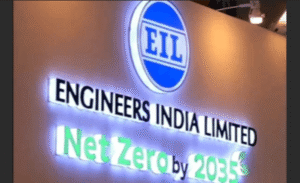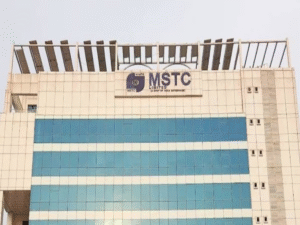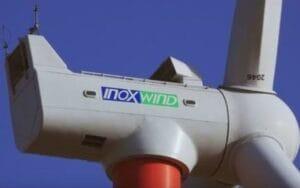1. At a Glance
Texmaco Rail just announced Q1 FY26 numbers that prove one thing — in the world of rail engineering, survival is all about order books and patience. Revenue came in at ₹911 crore, profit at ₹29 crore, and an order book of ₹7,053 crore that’s fatter than the Indian Railways timetable. The only thing that fell harder than QoQ profit? The morale of traders who bought it at ₹261 last year.
2. Introduction
Part of the Adventz Group, Texmaco is the kind of industrial player that quietly builds wagons, bridges, and hydro-mechanical equipment while staying out of the limelight — unless a massive order is won or a credit rating is upgraded (which, yes, happened this quarter).
But Q1 wasn’t just about executing projects; it also came with international contract wins and an A (Stable) rating from CARE, proving that at least the balance sheet is trustworthy, even if the stock chart isn’t.
3. Business Model (WTF Do They Even Do?)
Texmaco operates across:
- Rolling Stock Manufacturing– Freight wagons, passenger coaches.
- Hydro-mechanical Equipment– For dams, hydropower projects.
- Steel Castings– For industrial and rail applications.
- Rail EPC & Bridges– Large-scale infrastructure, steel structures.
Client base is a mix of Indian Railways, state bodies, and export markets. Margins, however, are squeezed between input cost volatility and fixed-price contracts — classic manufacturing + EPC pain.
4. Financials Overview
Quarterly Performance – YoY & QoQ
(All values in ₹ crore unless stated)
| Metric | Q1 FY26 | Q1 FY25 | Q4 FY25 | YoY % | QoQ % |
|---|---|---|---|---|---|
| Revenue | 911 | 1,088 | 1,346 | -16.26% | -32.31% |
| EBITDA* | 79 | 107 | 98 | -26.17% | -19.39% |
| PAT | 29.33 | 59.00 | 39.00 | -50.34% | -24.74% |
| EPS (₹) | 0.75 | 1.50 | 1.00 | -50.00% | -25.00% |
*EBITDA = Operating Profit (₹71 Cr) + Depreciation (₹11 Cr)
Commentary:
- YoY sales drop due to lower wagon dispatches and slower EPC billing.
- PAT halved YoY as cost base remained sticky despite revenue drop.
- Annualised EPS = ₹3.00 → At CMP ₹141, annualised P/E ≈ 47 (vs TTM P/E 25.9).
5. Valuation (Fair Value RANGE only)
Method 1 – P/E
- Historical average = 18–24x earnings.
- EPS annualised ₹3.00 → FV range = ₹54 – ₹72.
Method 2 – EV/EBITDA
- TTM EBITDA ≈ ₹431 Cr.
- Sector EV/EBITDA ~10–12x → EV range = ₹4,310 – ₹5,172 Cr → Per share ≈ ₹108 – ₹130.
Method 3 – DCF (Simplified)
- Base FCF ~₹150 Cr, growth 8%, discount 12%, terminal growth 3%.
- FV ≈ ₹95 – ₹120.
Educational FV Range: ₹54 –




















